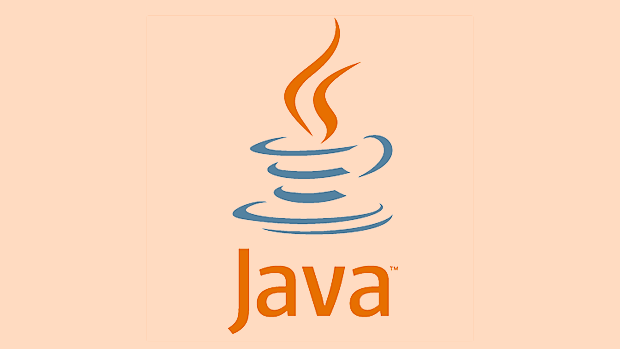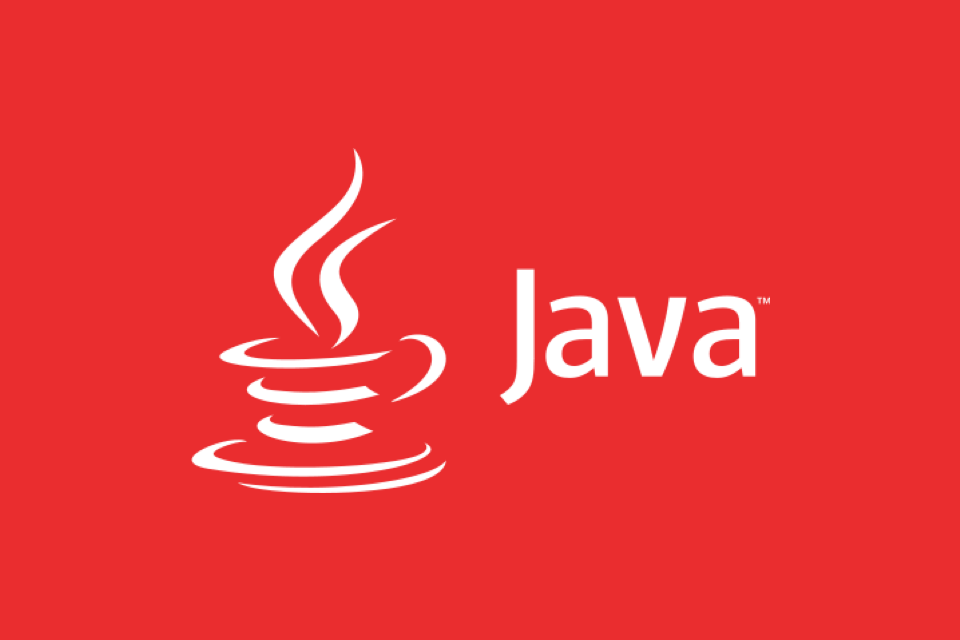what is garbage collection in java
Jul 28, 2025 am 02:45 AMJava's garbage collection mechanism automatically manages memory, identifying and freeing objects that are no longer in use to avoid memory leaks. 1. Use accessibility analysis to determine whether the object is garbage; 2. Common recyclers include Serial GC, Parallel GC, CMS, G1, ZGC and Shenandoah; 3. Developers can optimize GC performance by reasonably setting the heap size, avoiding memory leaks, optimizing object life cycle, monitoring GC behavior, etc.

Java's Garbage Collection (GC) is an automatic memory management mechanism of Java virtual machines (JVMs). Its main function is to identify and free up memory space occupied by objects that are no longer used by the program, thereby avoiding memory leaks and errors caused by manual memory management.

The basic principles of garbage recycling
Objects in Java are created on the heap. When an object is no longer pointed to by any reference variable, it becomes "garbage" and can be recycled. The JVM will run the garbage collector regularly to clean up these useless objects and free up memory resources.
There are two common ways to determine whether the object is garbage:

- Reference counting method : Maintain a counter for each object, add one whenever a reference points to it, and decrement one when the reference fails. Objects with zero count are garbage.
- Accessibility analysis : Starting from a set of root nodes (such as local variables, static variables, etc. in the thread stack), iterates through all reference chains. Unreached objects are considered unreachable, that is, garbage.
Although the concept of reference counting is simple, Java actually uses accessibility analysis because it cannot solve the problem of circular reference.
Types of garbage collectors
JVM provides a variety of garbage collectors suitable for different scenarios and performance requirements:

- Serial GC : Single-threaded recycler, suitable for small applications or client mode.
- Parallel GC : Multi-threaded recycler, focusing on throughput, suitable for background services or batch tasks.
- CMS (Concurrent Mark Sweep) : aims at the shortest pause time, suitable for applications that are sensitive to response time.
- G1 (Garbage First) : A modern mainstream recycler that divides the heap into multiple regions (regions), prioritizing the recycling of the area with the most garbage, taking into account throughput and latency.
- ZGC and Shenandoah : A new generation of low-latency recyclers suitable for handling super large heap memory.
You can choose the appropriate garbage collector based on the performance requirements and heap size of your application.
How to affect the performance of garbage collection
Although garbage collection is done automatically, developers can still optimize the performance of GC in some ways:
- Reasonably set the heap size : set the initial and maximum heap memory through
-Xmsand-Xmxto avoid frequent expansion or insufficient memory. - Avoid memory leaks : such as closing resources in time and avoiding meaningless long-life cycle references.
- Choose the right object. Life cycle : Short-lived objects should be recycled in the new generation as much as possible to reduce the probability of entering the old age.
- Monitor GC behavior : Use tools such as
jstat,VisualVMor log analysis tools to observe GC frequency, time consumption and other indicators.
If you find that the program frequently has Full GC or has a long pause, you may need to adjust the parameters or check the code logic.
Tips: Some details that are easy to ignore
- Even if
System.gc()is called, the JVM does not necessarily perform garbage collection immediately, it just makes a request. - Using the
finalize()method will affect GC performance, because the JVM needs to process these objects extra, so it is not recommended to rely on it for resource cleaning. - In modern JVM, most short life cycle objects are allocated in the Eden area . After several times, objects that still survive in Minor GC will be moved to the Survivor area and eventually enter the old age .
Basically that's it. Although garbage collection is automatically completed, understanding its working mechanism and influencing factors will help write more efficient and stable Java programs.
The above is the detailed content of what is garbage collection in java. For more information, please follow other related articles on the PHP Chinese website!

Hot AI Tools

Undress AI Tool
Undress images for free

Undresser.AI Undress
AI-powered app for creating realistic nude photos

AI Clothes Remover
Online AI tool for removing clothes from photos.

Clothoff.io
AI clothes remover

Video Face Swap
Swap faces in any video effortlessly with our completely free AI face swap tool!

Hot Article

Hot Tools

Notepad++7.3.1
Easy-to-use and free code editor

SublimeText3 Chinese version
Chinese version, very easy to use

Zend Studio 13.0.1
Powerful PHP integrated development environment

Dreamweaver CS6
Visual web development tools

SublimeText3 Mac version
God-level code editing software (SublimeText3)

Hot Topics
 A Developer's Guide to Maven for Java Project Management
Jul 30, 2025 am 02:41 AM
A Developer's Guide to Maven for Java Project Management
Jul 30, 2025 am 02:41 AM
Maven is a standard tool for Java project management and construction. The answer lies in the fact that it uses pom.xml to standardize project structure, dependency management, construction lifecycle automation and plug-in extensions; 1. Use pom.xml to define groupId, artifactId, version and dependencies; 2. Master core commands such as mvnclean, compile, test, package, install and deploy; 3. Use dependencyManagement and exclusions to manage dependency versions and conflicts; 4. Organize large applications through multi-module project structure and are managed uniformly by the parent POM; 5.
 Building RESTful APIs in Java with Jakarta EE
Jul 30, 2025 am 03:05 AM
Building RESTful APIs in Java with Jakarta EE
Jul 30, 2025 am 03:05 AM
SetupaMaven/GradleprojectwithJAX-RSdependencieslikeJersey;2.CreateaRESTresourceusingannotationssuchas@Pathand@GET;3.ConfiguretheapplicationviaApplicationsubclassorweb.xml;4.AddJacksonforJSONbindingbyincludingjersey-media-json-jackson;5.DeploytoaJakar
 Developing a Blockchain Application in Java
Jul 30, 2025 am 12:43 AM
Developing a Blockchain Application in Java
Jul 30, 2025 am 12:43 AM
Understand the core components of blockchain, including blocks, hashs, chain structures, consensus mechanisms and immutability; 2. Create a Block class that contains data, timestamps, previous hash and Nonce, and implement SHA-256 hash calculation and proof of work mining; 3. Build a Blockchain class to manage block lists, initialize the Genesis block, add new blocks and verify the integrity of the chain; 4. Write the main test blockchain, add transaction data blocks in turn and output chain status; 5. Optional enhancement functions include transaction support, P2P network, digital signature, RESTAPI and data persistence; 6. You can use Java blockchain libraries such as HyperledgerFabric, Web3J or Corda for production-level opening
 python property decorator example
Jul 30, 2025 am 02:17 AM
python property decorator example
Jul 30, 2025 am 02:17 AM
@property decorator is used to convert methods into properties to implement the reading, setting and deletion control of properties. 1. Basic usage: define read-only attributes through @property, such as area calculated based on radius and accessed directly; 2. Advanced usage: use @name.setter and @name.deleter to implement attribute assignment verification and deletion operations; 3. Practical application: perform data verification in setters, such as BankAccount to ensure that the balance is not negative; 4. Naming specification: internal variables are prefixed, property method names are consistent with attributes, and unified access control is used to improve code security and maintainability.
 css dark mode toggle example
Jul 30, 2025 am 05:28 AM
css dark mode toggle example
Jul 30, 2025 am 05:28 AM
First, use JavaScript to obtain the user system preferences and locally stored theme settings, and initialize the page theme; 1. The HTML structure contains a button to trigger topic switching; 2. CSS uses: root to define bright theme variables, .dark-mode class defines dark theme variables, and applies these variables through var(); 3. JavaScript detects prefers-color-scheme and reads localStorage to determine the initial theme; 4. Switch the dark-mode class on the html element when clicking the button, and saves the current state to localStorage; 5. All color changes are accompanied by 0.3 seconds transition animation to enhance the user
 css dropdown menu example
Jul 30, 2025 am 05:36 AM
css dropdown menu example
Jul 30, 2025 am 05:36 AM
Yes, a common CSS drop-down menu can be implemented through pure HTML and CSS without JavaScript. 1. Use nested ul and li to build a menu structure; 2. Use the:hover pseudo-class to control the display and hiding of pull-down content; 3. Set position:relative for parent li, and the submenu is positioned using position:absolute; 4. The submenu defaults to display:none, which becomes display:block when hovered; 5. Multi-level pull-down can be achieved through nesting, combined with transition, and add fade-in animations, and adapted to mobile terminals with media queries. The entire solution is simple and does not require JavaScript support, which is suitable for large
 How to use Java MessageDigest for hashing (MD5, SHA-256)?
Jul 30, 2025 am 02:58 AM
How to use Java MessageDigest for hashing (MD5, SHA-256)?
Jul 30, 2025 am 02:58 AM
To generate hash values using Java, it can be implemented through the MessageDigest class. 1. Get an instance of the specified algorithm, such as MD5 or SHA-256; 2. Call the .update() method to pass in the data to be encrypted; 3. Call the .digest() method to obtain a hash byte array; 4. Convert the byte array into a hexadecimal string for reading; for inputs such as large files, read in chunks and call .update() multiple times; it is recommended to use SHA-256 instead of MD5 or SHA-1 to ensure security.
 python parse date string example
Jul 30, 2025 am 03:32 AM
python parse date string example
Jul 30, 2025 am 03:32 AM
Use datetime.strptime() to convert date strings into datetime object. 1. Basic usage: parse "2023-10-05" as datetime object through "%Y-%m-%d"; 2. Supports multiple formats such as "%m/%d/%Y" to parse American dates, "%d/%m/%Y" to parse British dates, "%b%d,%Y%I:%M%p" to parse time with AM/PM; 3. Use dateutil.parser.parse() to automatically infer unknown formats; 4. Use .d






